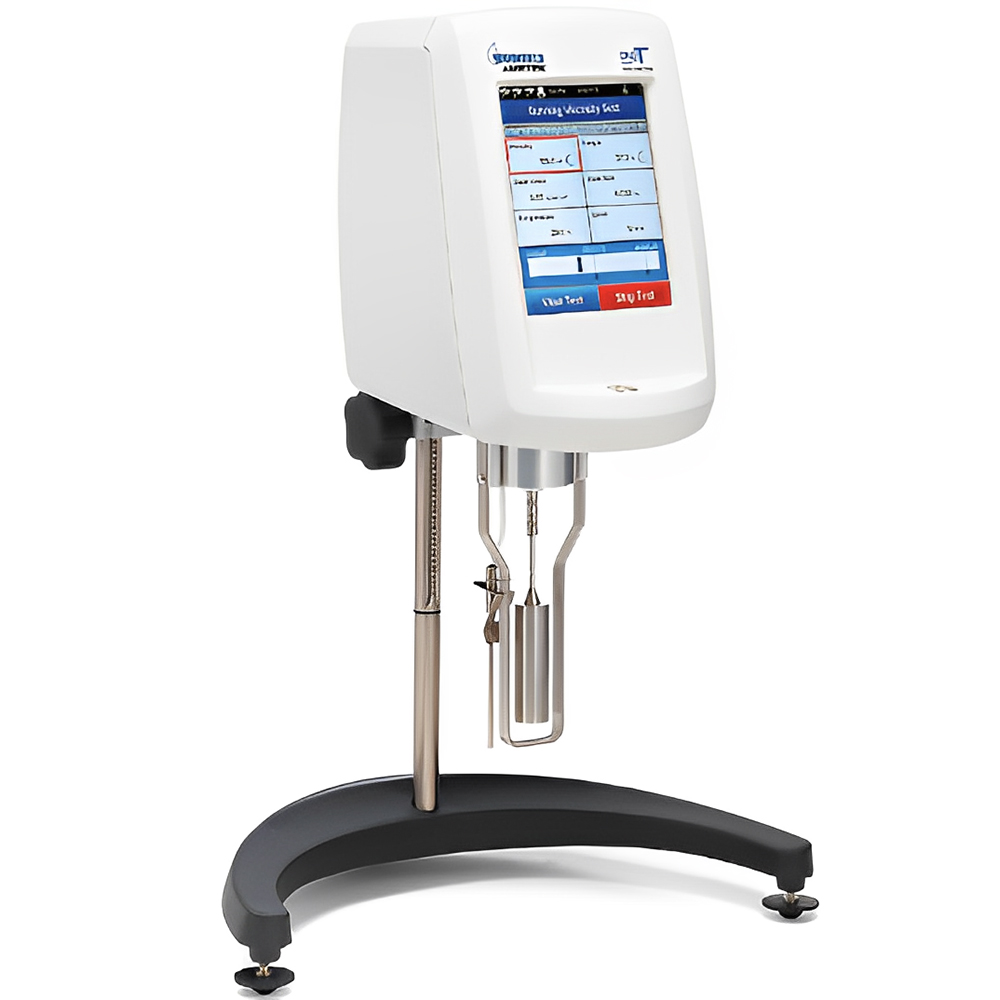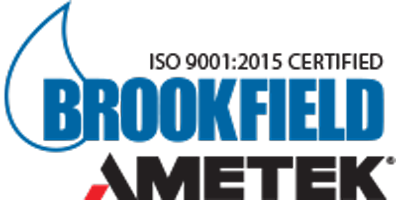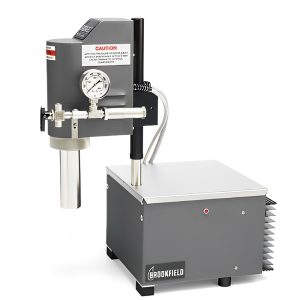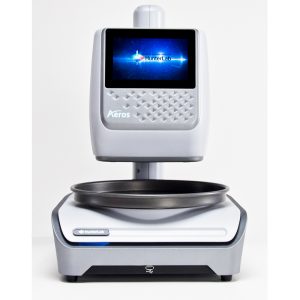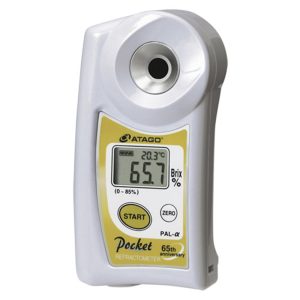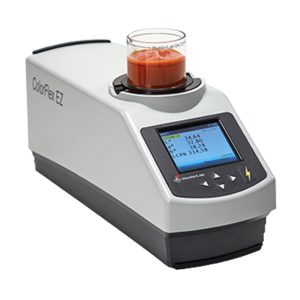Description
FEATURES AND BENEFITS
5-inch full color, touch screen display supports multiple languages
Displayed info includes: viscosity (cP/mP·s), temperature (°C/°F), shear rate/stress, % torque, spindle/speed, step program status
Enhanced security provides customizable user levels and password access.
Built-In options include timed tests, data averaging, programmable QC limits/alarms, customizable speed/spindle lists, on screen data comparison
Auto range shows maximum viscosity measured with any spindle/speed combination
USB PC interface provides optional computer control and automatic data gathering capability Download custom test programs with included PG Flash software
PG Flash 600×342
Front-facing bubble level for convenient viewing
Built-in temperature probe
Accuracy of ±1.0% of range with displayed test data
Repeatability of ±0.2%
NIST traceable viscosity standards available
Also available: New magnetic coupling system, durable ball bearing suspension system, quick action lab stand and RheocalcT software.
Each of our standard Laboratory Viscometers/ Rheometers are supplied with an internal spring used to calculate the viscosity of a material. These springs have different measuring capabilities:
LV is for low viscosity materials and can measure the thinnest materials. Typical examples include inks, oils, and solvents.
RV is for medium viscosity materials than those measured with an LV torque. Typical examples include creams, food, and paints.
HA is for higher viscosity materials than those measured with an RV torque. Typical examples include gels, chocolate and epoxies.
HB is for even higher viscosity materials than those measured with an HA torque spring. Typical examples include asphalt, caulking compounds, and molasses.
Additional special springs are also available upon request.
LEARN ABOUT VISCOSITY
Need help? Our Education section may be just the thing to clarify unfamiliar terms and help start you on your way to a better understanding of viscosity. Learn about viscosity and rheological relationships, Newtonian and non-Newtonian fluids, and how a Brookfield instrument can help your production process and much more.
HELP ME CHOOSE
Having difficulties determining what instrument is best for you? Try our Help Me Choose section for guidance on the model selection process, spindle construction considerations, and other useful information to help you make an informed decision on the best instrument for your application.
ANNUAL CALIBRATION SERVICE (RECOMMENDED)
We recommend that this instrument be returned to Brookfield or an authorized dealer on an annual basis for our Calibration & Repair Service. Having this annual maintenance done will ensure the instrument’s long life and optimal performance.
What’s Included
Instrument
6 spindles (RV/HA/HB)
or 4 spindles (LV)
PG Flash Software
RTD Temperature Probe
Spindle Guard Leg*
Lab Stand (Model G)
Screen Protector
Carrying Case
*Not applicable to HA or HB versions
- Ball Bearing
- Magnetic Coupling System (replaces the EZ-Lock System)
- Quick Action Stand
| VISCOSITY RANGE cP (mPa•s) |
SPEEDS | |||
| MODEL | Min. | Max. | RPM | Number of Increments |
| DV2TLV | 1† | 6M | .1-200 | 200 |
| DV2TRV | 100†† | 40M | .1-200 | 200 |
| DV2THA | 200†† | 80M | .1-200 | 200 |
| DV2THB | 800†† | 320M | .1-200 | 200 |
SPRING TORQUE
| SPRING TORQUE | ||
| MODEL | Dyne-cm | Milli Newton-m |
| DV2TLV | 673.7 | 0.0673 |
| DV2TRV | 7,187.0 | 0.7187 |
| DV2THA | 14,374.0 | 1.4374 |
| DV2THB | 57,496.0 | 5.7496 |
† 1 cP achieved with UL Adapter accessory. 15 cP on LV with standard spindles.
††Minimum viscosity is achieved with optional RV/HA/HB spindle.
M=1 million cP=Centipoise mPa·s=Millipascal·seconds

